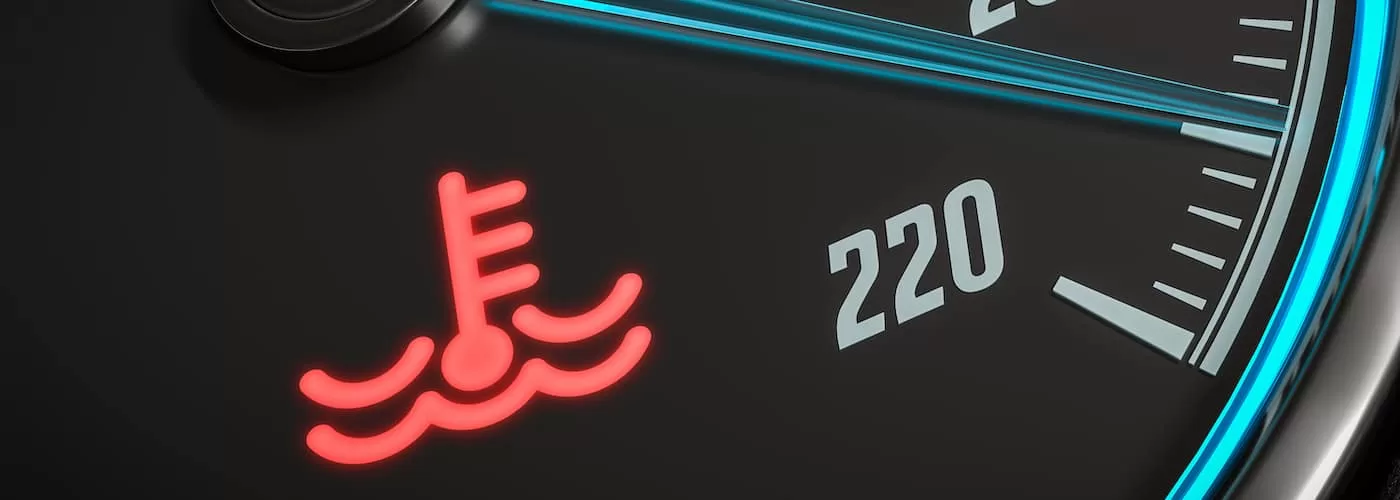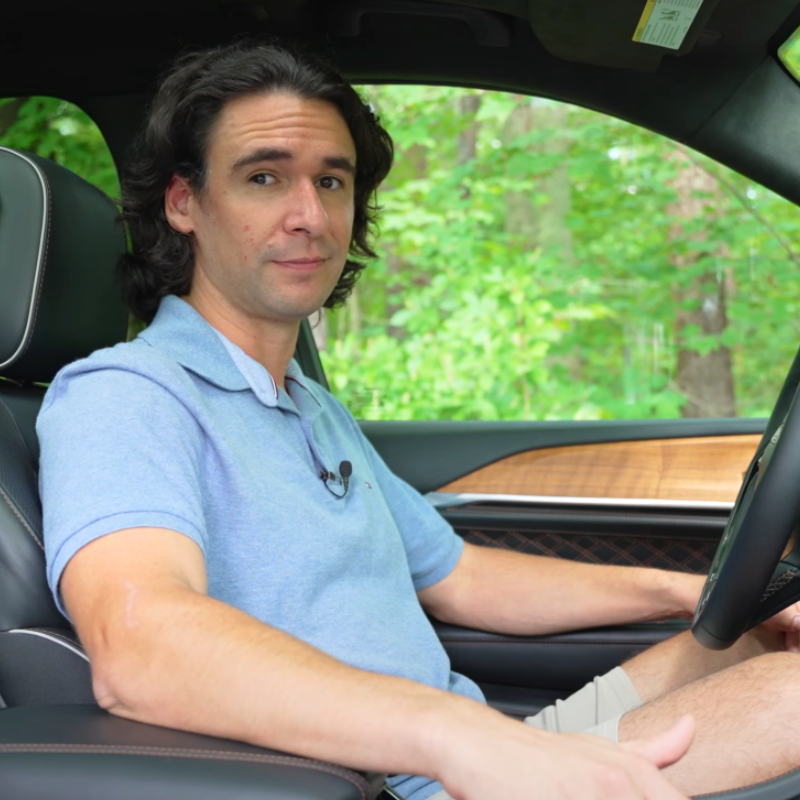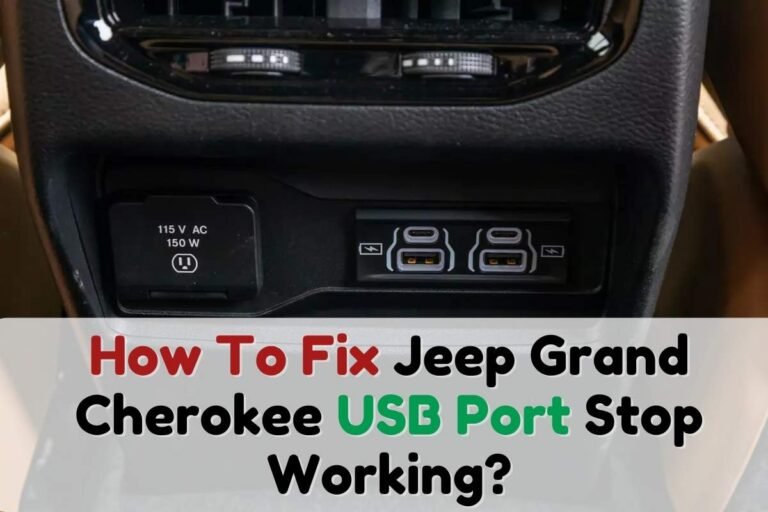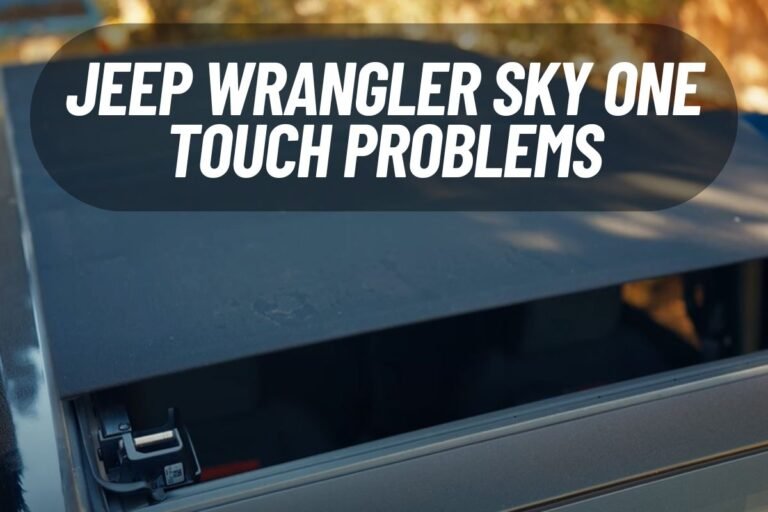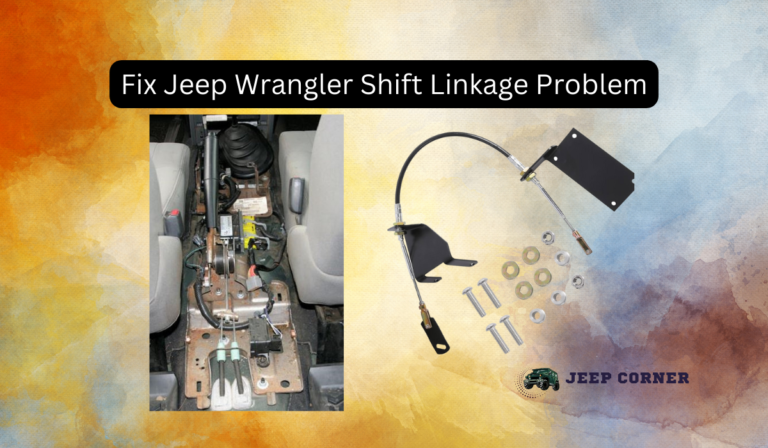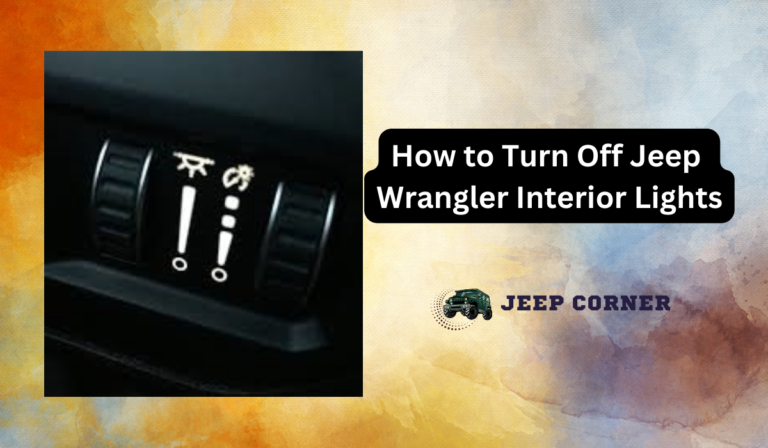How To Fix Jeep Cherokee Overheat Problem
Jeep Cherokee is an overperformer; however, it’s prone to some issues like any other car. One of the main problems Jeep Cherokee owners face is overheating, especially XJ models. Knowing how to fix Jeep Cherokee overheating problem is essential to keep your Jeep safe and secure.
So, how can you fix a Jeep Cherokee Overheat Problem? Ensure the coolant level stays topped off, the radiator fan is running, rule out radiator clogs, and the thermostat operates appropriately. Then inspect the water pump, and check the wiring and relays.
These are most likely the source of your Jeep Cherokee’s overheating problem. This post goes through each of these steps and provides an explanation for each.
Table of Contents
How To Fix Jeep Cherokee Overheat Problem
Normally, the overheating issue is solvable with proper car maintenance and routine check-ups. However, with the old Jeep Cherokees (1991-2001), especially the Jeep Cherokee XJ, the problem cause is often much harder to identify.
Here are some of the most common causes of overheating in Jeep Cherokees and how you can fix them:
Low Coolant
The engine needs a certain amount of coolant to keep it from overheating. And the amount of flow and coolant has to be maintained. If the coolant isn’t at the right level, the engine will overheat.
Since it’s hard for the coolant to escape from the system unless there is a leak, a low coolant level is often caused by a leak somewhere in the system. Look for signs of a coolant leak, such as a puddle of coolant under the vehicle or steam coming from under the hood.
Other signs of a coolant leak include a low coolant warning light on the dashboard, an unusually high reading on the temperature gauge, or a sweet or coolant-like smell inside the vehicle.
So, if you suspect a coolant leak, addressing it as soon as possible is important. Continuing to drive with low coolant can lead to serious engine damage.
Solution
If it’s low, you will need to fill it with a 50/50 mix of water and antifreeze. If you see a drop after filling it up, you should check for a leak. You’ll need to find the source of the leak and repair it.
This may require the assistance of a mechanic or a do-it-yourself repair using a repair manual for your specific vehicle make and model.
Faulty Thermostat
The thermostat is a valve that controls the flow of coolant through the engine. If the thermostat is stuck in the closed position, it will prevent coolant from flowing through the engine, causing it to overheat.
You can know if your engine temperature is high but not increasing as you drive if it’s stuck in the closed position.
Solution
Replace the thermostat. This relatively simple process involves removing the old thermostat and installing a new one. However, the thermostat’s location will require you to remove the thermostat housing, which can be tricky. You can find your Jeep Cherokee model’s thermostats at an auto parts store or online.
Faulty Water Pump
The water pump is responsible for pumping coolant through the engine. If the water pump is damaged or not functioning properly, it can cause the engine to overheat.
Likewise, if the pump isn’t working properly, you’ll hear high-pitched, harmonic whining noises produced by a loose belt or pulley. You might also notice a coolant leak near the water pump.
Solution
Replace the water pump. It may require removing parts of the engine and replacing gaskets or seals. If you’re uncomfortable with this kind of work, it’s best to take your Jeep to a mechanic or dealership for repair.
Clogged Radiator
The radiator is the main cooling system in the engine. It is responsible for dispersing heat generated by the engine and preventing it from building up.
Typically, the coolant needs to be replaced after 30,000 miles or two years. Hence, you have to change your radiator fluid in a while or use tap water. Otherwise, a grimy or sludgy material has built up in the radiator, blocking it and preventing coolant from flowing.
Check for a clogged radiator by opening the hood and the radiator cap. What you’re looking for here is brownish mud-like material inside the radiator.
Solution
If the radiator is clogged, you’ll need to flush it. This involves draining the radiator of its coolant and then refilling it with a mixture of water and antifreeze.
You can also use a radiator flush solution to clean out the radiator. Once you have flushed the radiator, fill it with fresh coolant and check for leaks. If no leaks are present, your engine should now be running cooler.
Faulty Radiator Fan
The work of the radiator fan is to pull cooled air through the radiator to help disperse heat from the engine. If the radiator fan isn’t working properly, the radiator won’t be able to ‘lose’ the heat collected from the engine efficiently.
In this case, you can check if the fan is operational by rotating it with your hand to feel the motion, which should be easy. You can also check it while the engine is running, as it should start spinning when the temperature reaches a certain point.
Solution
If your radiator fan isn’t rotating easily, there is a problem. You can have it repaired, but that might only extend its life to just a few months or a year. So it’d be best to replace it.
If it rotates easily but doesn’t run, there could be a connection problem. Use a multimeter to check the fan’s electrical connection and replace faulty relays, broken wires, or connectors.
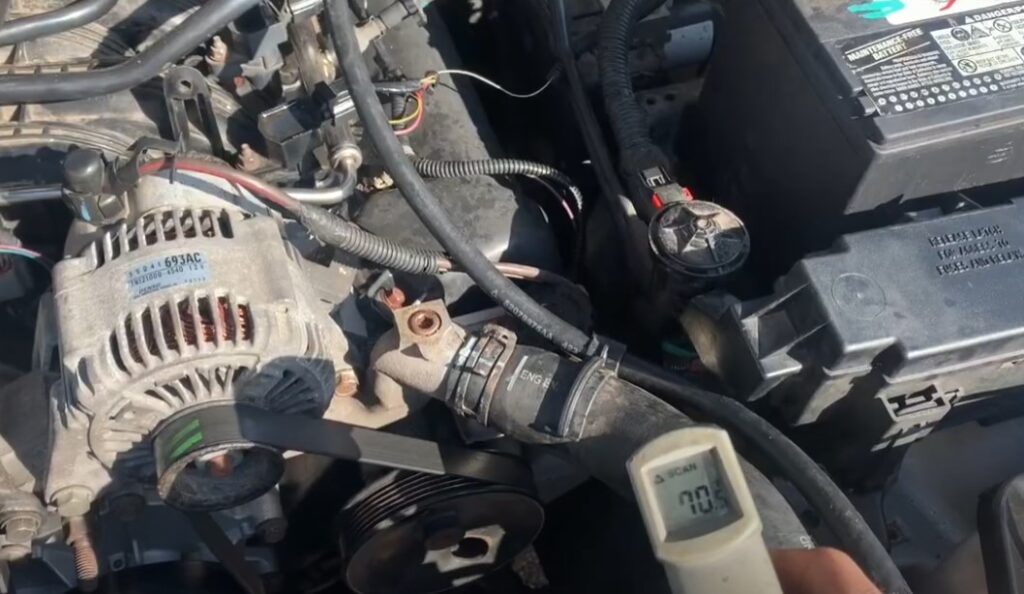
What Should You Do If Your Jeep Cherokee Overheats?
If your Jeep Cherokee overheats, your next action is crucial. It might be tempting to try and drive the vehicle to a garage, but this can cause significant damage. So follow this guideline to avoid such a situation.
Step 1
Pull over and turn off the engine as soon as it is safe.
Step 2
Pop the hood and let the engine cool down for a few minutes.
Step 3
Do not open the radiator cap or try to remove the radiator hose. The coolant and steam inside can cause serious burns.
Step 4
Check the coolant level in the radiator.
Step 5
If it is low, add a 50/50 mix of coolant and water to the radiator. Do not overfill the radiator.
Step 6
If there are no leaks, start the engine and let it idle for a few minutes.
Step 7
If the temperature remains stable, you can cautiously drive your Jeep to a garage or service center for further inspection.
However, if the Jeep continues to overheat and you can see steam or fluid leaks, turn off the engine immediately and call for a tow.
Conclusion
That’s it! Now you know how to fix your Jeep Cherokee overheating problem. Remember to properly maintain your vehicle, regularly check coolant levels, and inspect the radiator fan, thermostat, water pump, and wiring for any issues.
Proper maintenance allows you to keep your Jeep running smoothly and enjoy a safe and pleasant ride.

